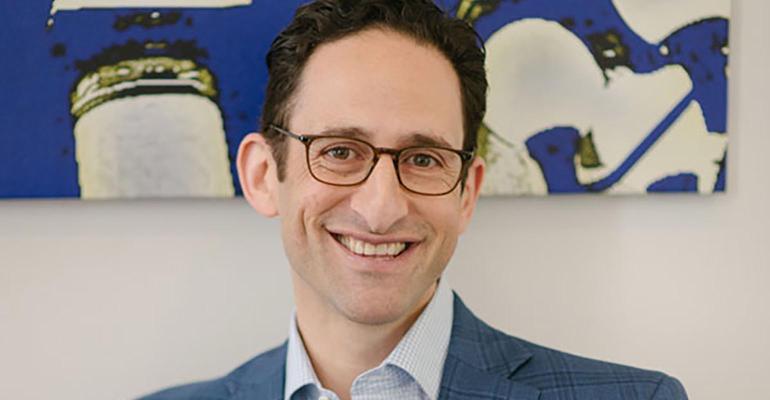On Tuesday, Asset-Map, the popular visualization software provider announced the firm had closed a $6 million Series B funding round.
Headquartered in Philadelphia, Asset-Map, with a workforce of 40, has now raised $7.6 million in total funding since inception.
H. Adam Holt, founder and CEO of Asset-Map, said talks surrounding this latest round of funding had been an ongoing conversation since fall 2021.
“We looked at many suitors and venture partners,” said Holt. “The positioning of Asset-Map continues to see a lot of attention and many conversations remain ongoing.”
The software provider has a long list of integrations and partnerships, from Orion, to Black Diamond, Riskalyze, and Cetera, among others.
And the recent Cetera announcement, last month, brought Asset-Map's visualization technology to the organization’s 8,000 independent financial professionals.
“We have grown our team significantly in the sales, marketing and product engineering departments with this raise,” said Holt. several significant partnerships on the horizon will require staffing up to support the volume of interest.”
With this latest financing, 41 family offices, CEOs, wealth managers, partners and board members have joined RGAx and SixThirty on Asset-Map's cap table, as of December 2022, according to the company.
“Asset-Map has done an amazing job capturing market share with minimal investments in marketing and sales,” said Holt. “The viral nature of financial professionals who share best practices has brought in thousands of the advisors who have adopted Asset-Map. Scaling that success is the driver of the growth equity Series B we just completed. Opportunities to support our non-U.S. initiatives and advice engagement innovations supported the move to double down on Asset-Map's solution set.”
William Trout, director of wealth management at Javelin Strategy and Research, said “the easy-to-deploy approach provided by Asset-Map takes work off the plate of the client and the advisor.”
“It aligns well with the embrace of remote working models post-pandemic, as well as demand for more viscerally appealing financial planning and reporting tools that meet the expectations of younger, more digitally savvy investors,” said Trout.





